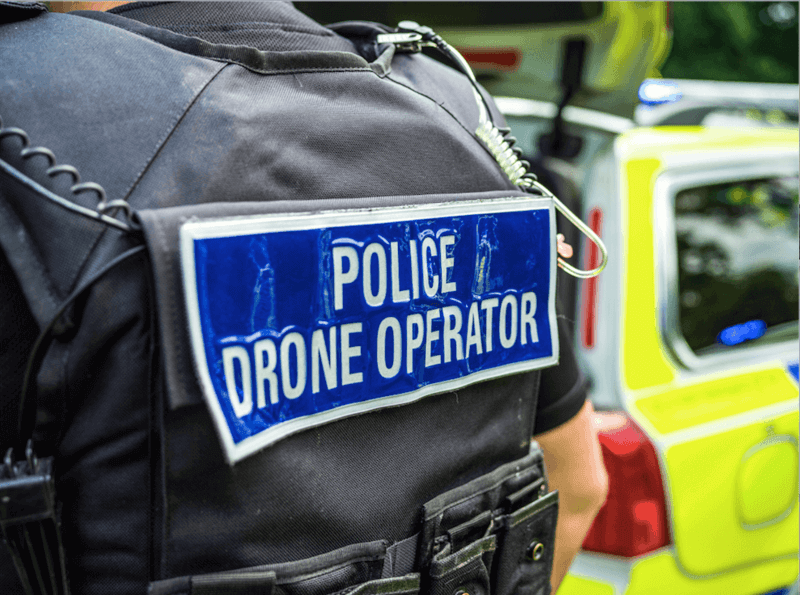One of the primary beneficiaries of this investment is the policing sector. Drones equipped with facial recognition technology present a cutting-edge tool for law enforcement agencies. They offer a unique combination of mobility and surveillance capabilities, enabling rapid responses to incidents and enhancing the effectiveness of police operations.
Enhanced Surveillance and Response
Drones can cover vast areas quickly, making them ideal for search and rescue operations, crowd monitoring, and surveillance missions. Equipped with facial recognition technology, these drones can swiftly identify suspects or locate missing persons in real-time, significantly reducing the time and manpower typically required for such tasks.
Ensuring Public Safety
The integration of drones in policing extends beyond surveillance. During large public events or demonstrations, drones can provide an aerial view that helps in crowd management and detecting potential security threats. This proactive approach to public safety not only ensures order but also contributes to preventing incidents before they escalate.
Resource Optimization
Investing in drone technology and facial recognition systems is also a strategic move towards optimizing resources. By automating routine surveillance tasks, police officers can be redeployed to more critical tasks that require human judgment and intervention. This not only enhances efficiency but also allows for a more focused and specialized approach to policing.
Beyond Policing: Wider Applications in Public Services
The implications of drone and facial recognition technologies extend beyond policing. They can be instrumental in other areas of public service:
- Emergency Services: For fire and rescue services, drones can provide vital information on the scale and intensity of fires, especially in inaccessible areas, thereby aiding in strategizing effective responses.
- Environmental Monitoring: Drones can monitor environmental changes and assist in disaster management, like tracking the spread of wildfires or monitoring flood situations.
- Infrastructure Maintenance: Local governments can use drones for inspecting buildings, bridges, and other infrastructures, thereby ensuring timely maintenance and safety.
Ethical Considerations and Privacy Concerns
While the benefits of these technologies are clear, they also raise important ethical and privacy concerns. The use of facial recognition, in particular, necessitates stringent guidelines to ensure it is employed responsibly, respecting individuals’ privacy and civil liberties. The UK government must ensure a balanced approach, wherein technological advancements are harmonized with ethical considerations.
Conclusion
The UK government’s investment in drones and facial recognition technology marks a significant advancement in public service delivery. While it promises enhanced efficiency, safety, and resource optimisation, it also demands careful consideration of ethical implications. As this technology evolves, it will be crucial to monitor its impact and continuously evaluate its use to ensure it serves the public interest effectively and responsibly.

